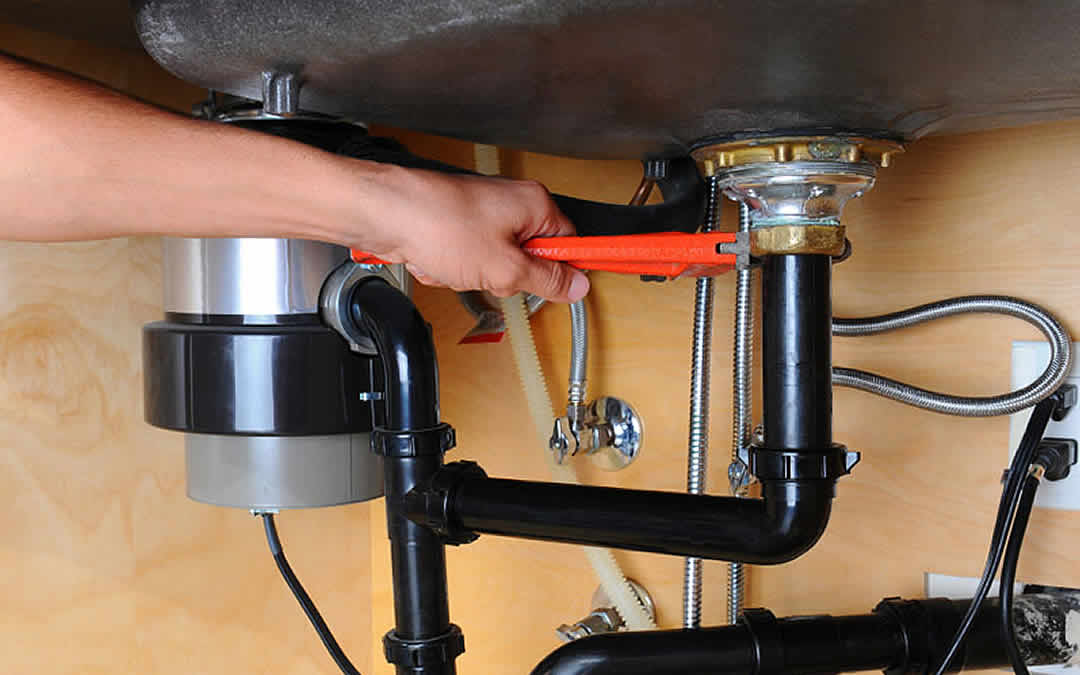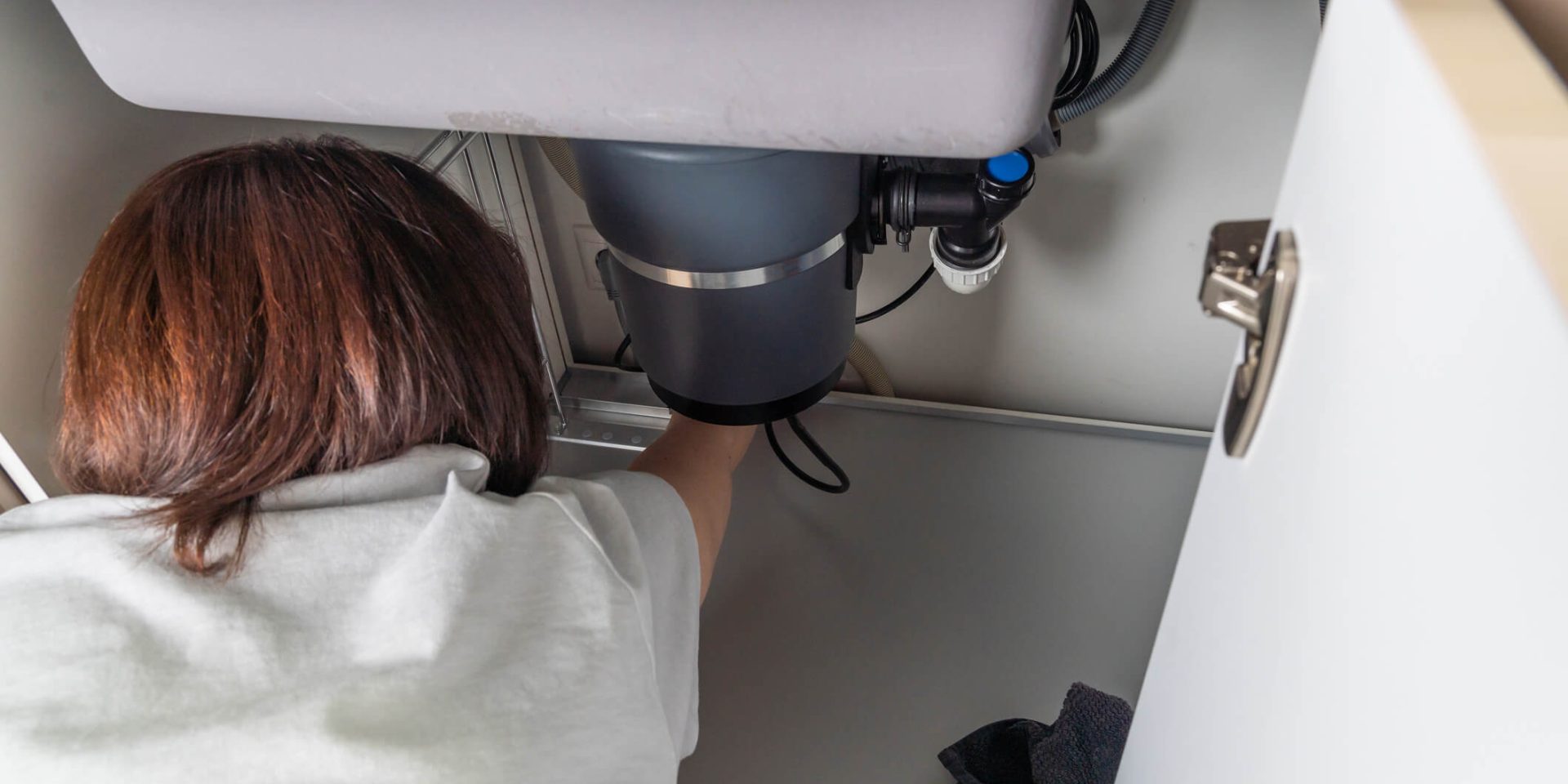Straightforward Steps to Stop a Leak in Your Garbage Disposal
Straightforward Steps to Stop a Leak in Your Garbage Disposal
Blog Article
What're your thoughts concerning How to fix a pretty consistent leak from my garbage disposal?

Garbage disposals are vital kitchen home appliances that aid in getting rid of food waste successfully. However, a dripping waste disposal unit can be a discouraging and unpleasant issue to manage. Thankfully, lots of leaks can be repaired easily with a couple of simple actions. In this write-up, we will discuss just how to take care of a leaking waste disposal unit efficiently.
Intro
Garbage disposals are mounted under cooking area sinks and are designed to shred food waste into smaller sized items, enabling it to pass through the plumbing system quickly. While these tools are generally reputable, leakages can happen with time due to deterioration, loose connections, or damages to the system.
Step-by-Step Overview to Taking Care Of a Leaking Garbage Disposal
Shut off the Power
Prior to attempting any repair work, make certain that the power to the waste disposal unit system is turned off to avoid the danger of electric shock.
Locate the Leakage
Recognize the precise place of the leak and determine the cause
Tighten up Connections
Utilize a wrench to tighten up any type of loose links in between the disposal device and the plumbing system.
Replace Seals or Gaskets
If the leak is because of worn seals or gaskets, get rid of the old elements and change them with brand-new ones.
Patching Splits or Holes
For cracks or openings in the disposal system, use epoxy or an appropriate patching material to secure the broken location.
Recognizing the Resource of the Leak
Before attempting to fix a dripping waste disposal unit, it is vital to identify the resource of the leakage. This can typically be done with aesthetic evaluation or by conducting straightforward examinations.
Visual Evaluation
Check the garbage disposal unit carefully for any indicators of water leakage. Pay attention to areas around seals, gaskets, and connection points.
Examining for Leakages
One way to examine for leakages is by running water via the disposal device and checking for any visible indications of leakage.
Typical Sources Of Leakages in Waste Disposals
Worn Seals and Gaskets
Seals and gaskets play a crucial role in avoiding water from dripping out of the waste disposal unit. Over time, these elements can weaken, causing leakages around the disposal unit.
Loose Connections
The links between the waste disposal unit and the pipes system can become loose gradually, causing water to leak out throughout operation.
Fractures or Openings in the Disposal Unit
Physical damage to the waste disposal unit, such as cracks or openings in the housing, can additionally lead to leakages.
Devices and Materials Needed for Taking Care Of a Dripping Waste Disposal Unit
Before beginning the fixing process, collect the essential devices and products, consisting of a screwdriver, flexible wrench, plumbing's putty, replacement seals or gaskets, and epoxy or patching material for repairing cracks or holes.
Evaluating the Waste Disposal Unit After Repair Work
When the fixing is full, test the waste disposal unit by running water with it to guarantee that the leakage has actually been resolved.
Preventive Upkeep Tips to Avoid Future Leakages
To stop future leakages, it is important to carry out regular maintenance on your waste disposal unit. This consists of keeping it tidy, avoiding putting non-food products or difficult objects down the disposal, and periodically checking for leaks or other problems.
Final thought
Finally, repairing a leaking garbage disposal is a fairly uncomplicated procedure that can be finished with standard tools and products. By complying with the actions laid out in this post and exercising preventative maintenance, you can keep your waste disposal unit in good working problem and stay clear of expensive repair work in the future.
What to Do About a Leaking Garbage Disposal
A leaking garbage disposal often goes unnoticed until you confront a sopping cabinet, a foul-smelling puddle, or an audible drip-drip-drip from the unit. The fix can be frustrating, too, because the leak can stem from a number of components in the system. Fortunately, with a little sleuthing, you can zero in on the leak and—depending on the exact location—stop the icky oozing and repair the component that caused it. Worst case scenario, if it turns out that the garbage disposal must be replaced, installing a new one is a reasonable do-it-yourself task for those with basic plumbing skills. Read on to keep the cash you’d otherwise hand over to a pro.
Prepare to find the leak
Prior to testing the garbage disposal for leaks, unplug it at the wall outlet and turn off the power from the breaker box to prevent electrical shock. Then insert a watertight sink stopper into your sink drain and wipe the unit dry with a clean cloth. In any handy container, mix a few drops of food coloring into a few cups of water, and pour the dyed water onto the sink stopper to help you locate the leak.
Investigate the source
the top, where the disposal meets the sink drain the side, where the dishwasher hose or main drain pipe connects to the disposal or the bottom of the unit Inspect each of these locations while gliding a light-colored rag over the unit; the dyed water will readily show on the rag and reveal the location of the leak. If a leak isn’t immediately apparent, remove the sink stopper and pour a few more cups of dyed water down the sink drain, then check for leaks again. Leaks near the top of the unit are more likely to show themselves while the sink is plugged, while side and bottom leaks are more noticeable while the sink is unplugged.
The metal sink flange that sits directly inside the sink drain is typically sealed around the top with plumber’s putty (a clay-like sealant) and then secured from under the sink with bolts. If the plumber’s putty deteriorates, or the bolts loosen, the flange can no longer form a watertight seal between the sink drain and the disposal—which could cause a leak at the top of the unit.
To reseal the leaky flange, you must first detach the garbage disposal. Start by loosening the screws securing the main drain pipe to the disposal, then loosen the screws in the metal clamp securing the dishwasher hose to the disposal and detach the drain pipe and dishwasher hose from the disposal. Loosen the screws in the mounting ring that connects the disposal to the metal mounting assembly beneath the sink, then pull down the disposal and carefully set it on a clean, dry surface. Loosen the bolts in the mounting assembly with a wrench, then pull down the mounting assembly and set it near the disposal.

I stumbled upon that blog post about Garbage Disposal Leaking From Bottom when doing a lookup on the internet. Sharing is nice. One never knows, you will be helping someone out. Thanks for your time spent reading it.
Order Repair Report this page